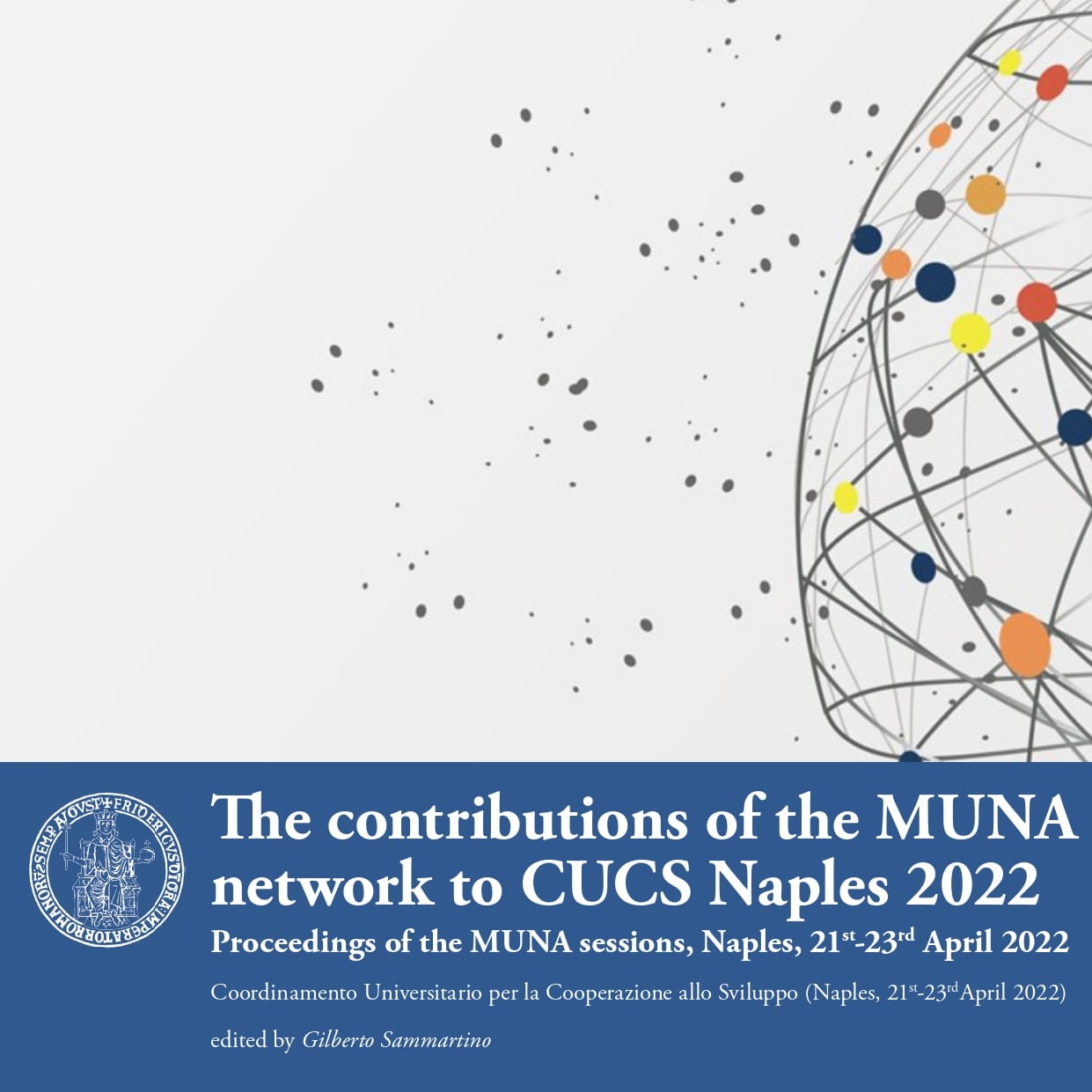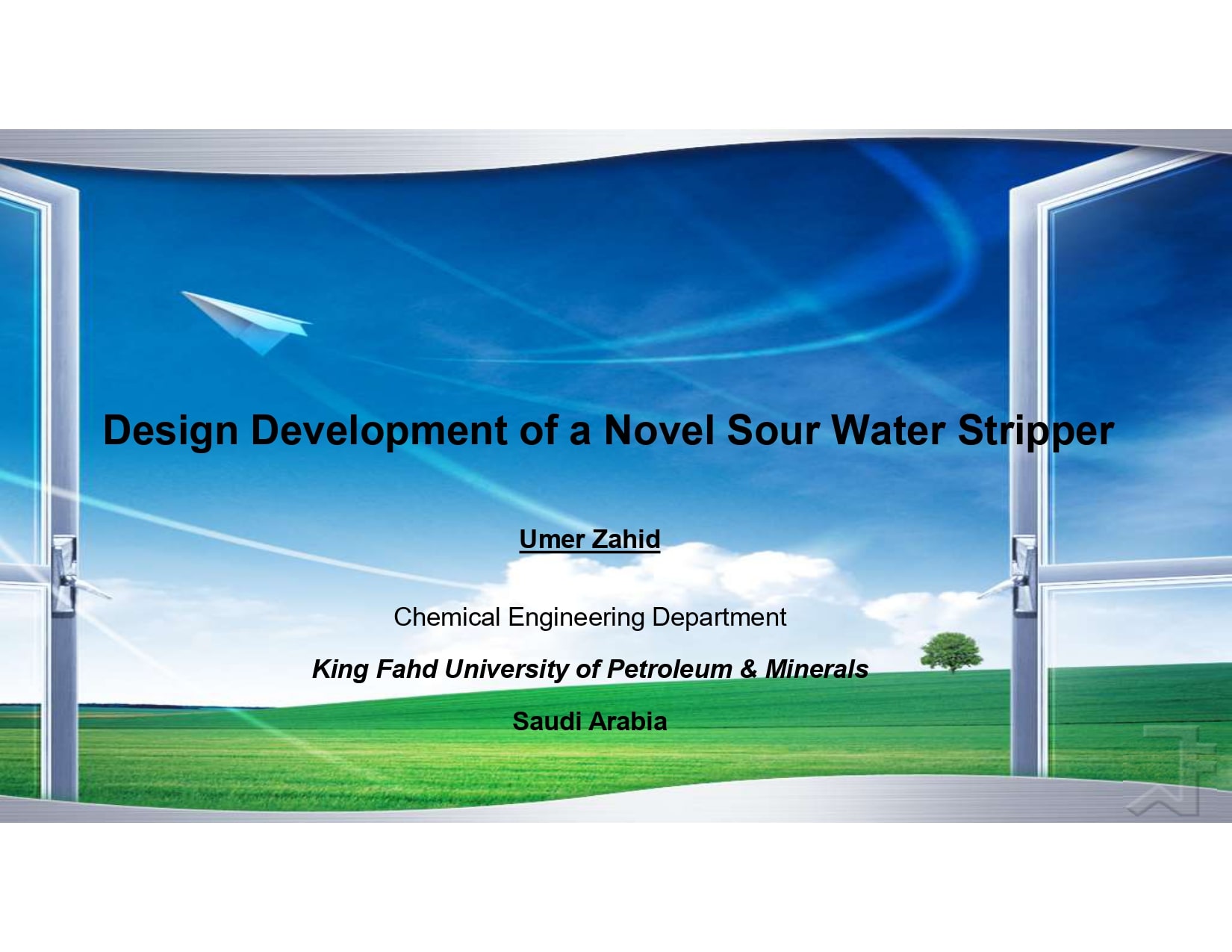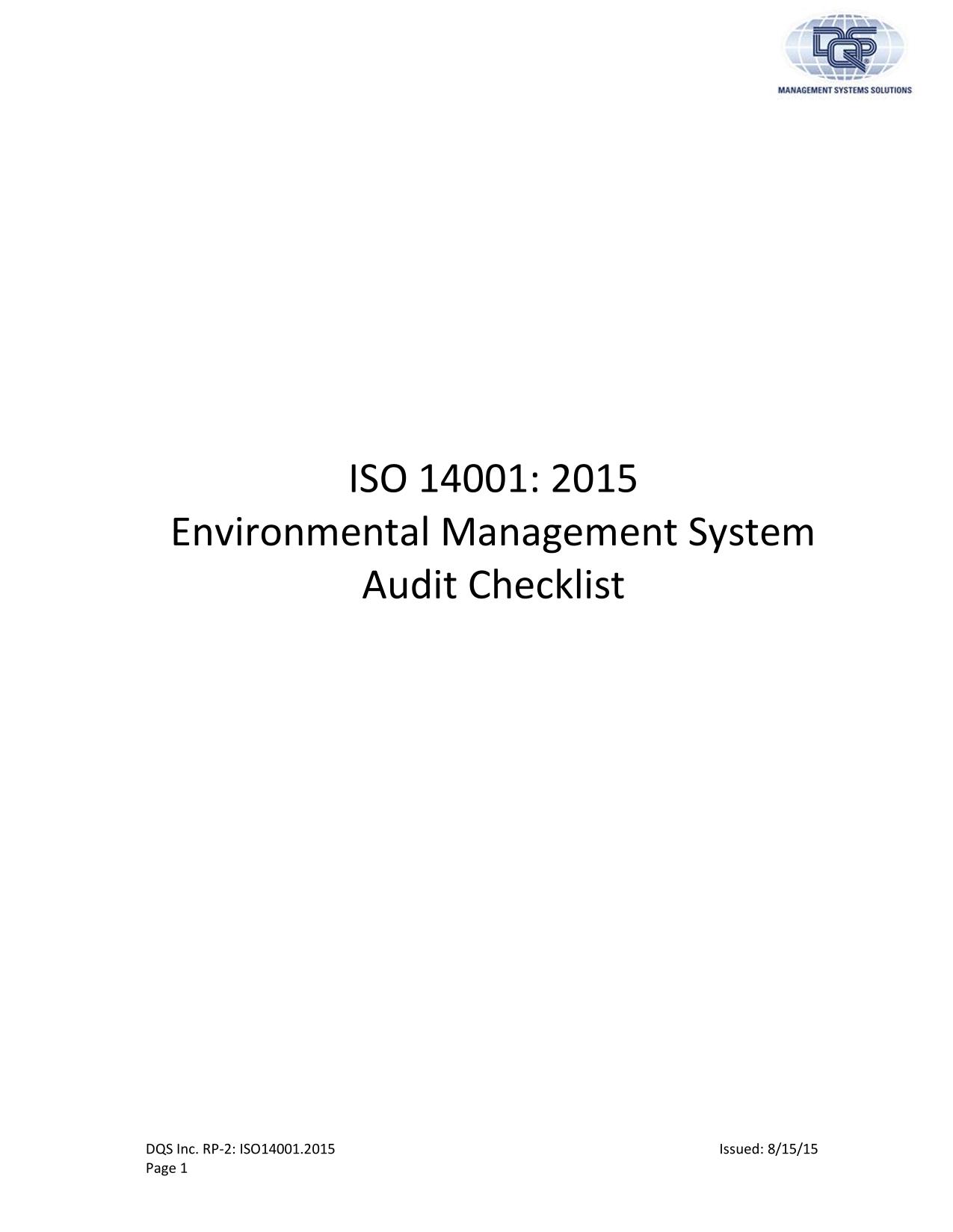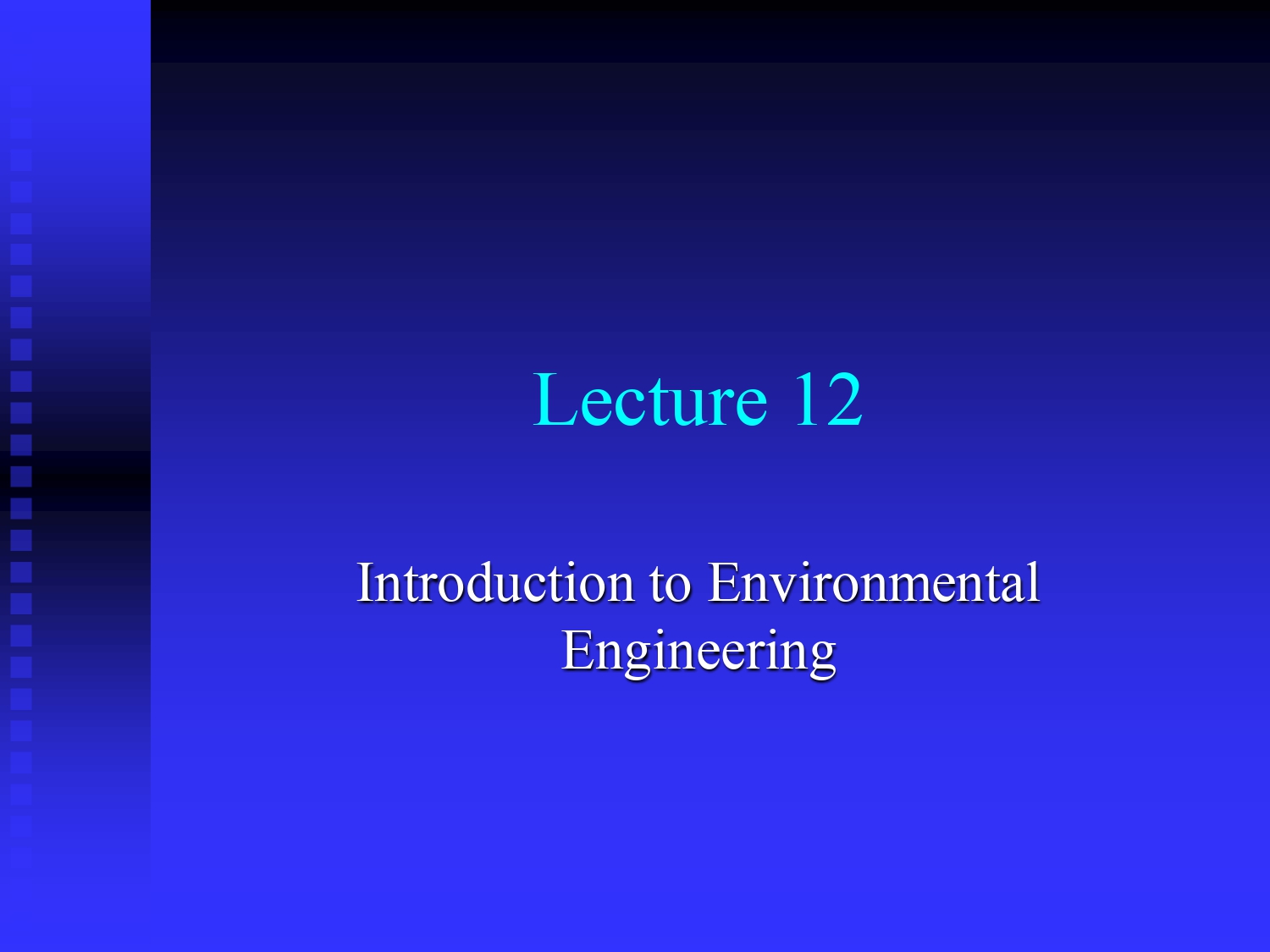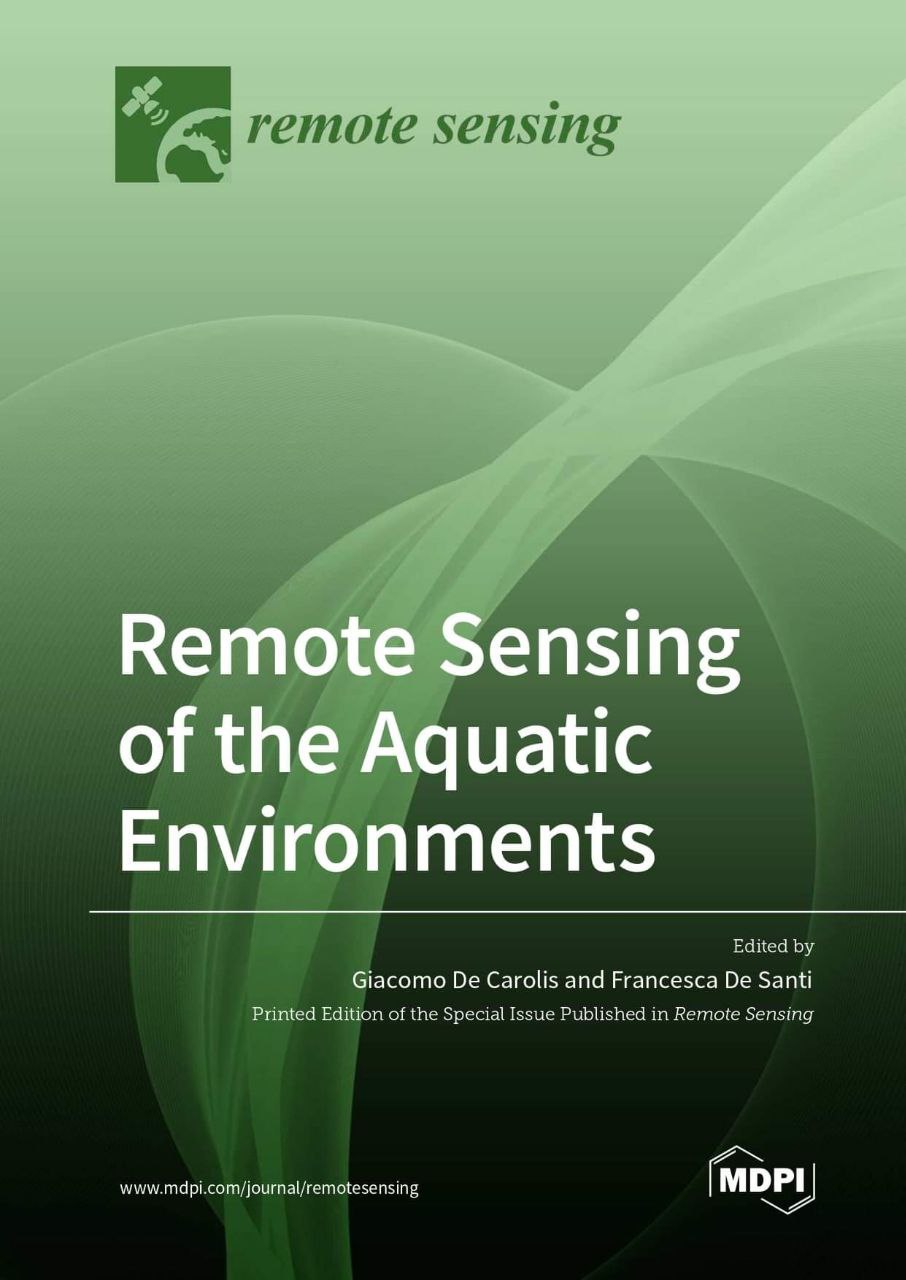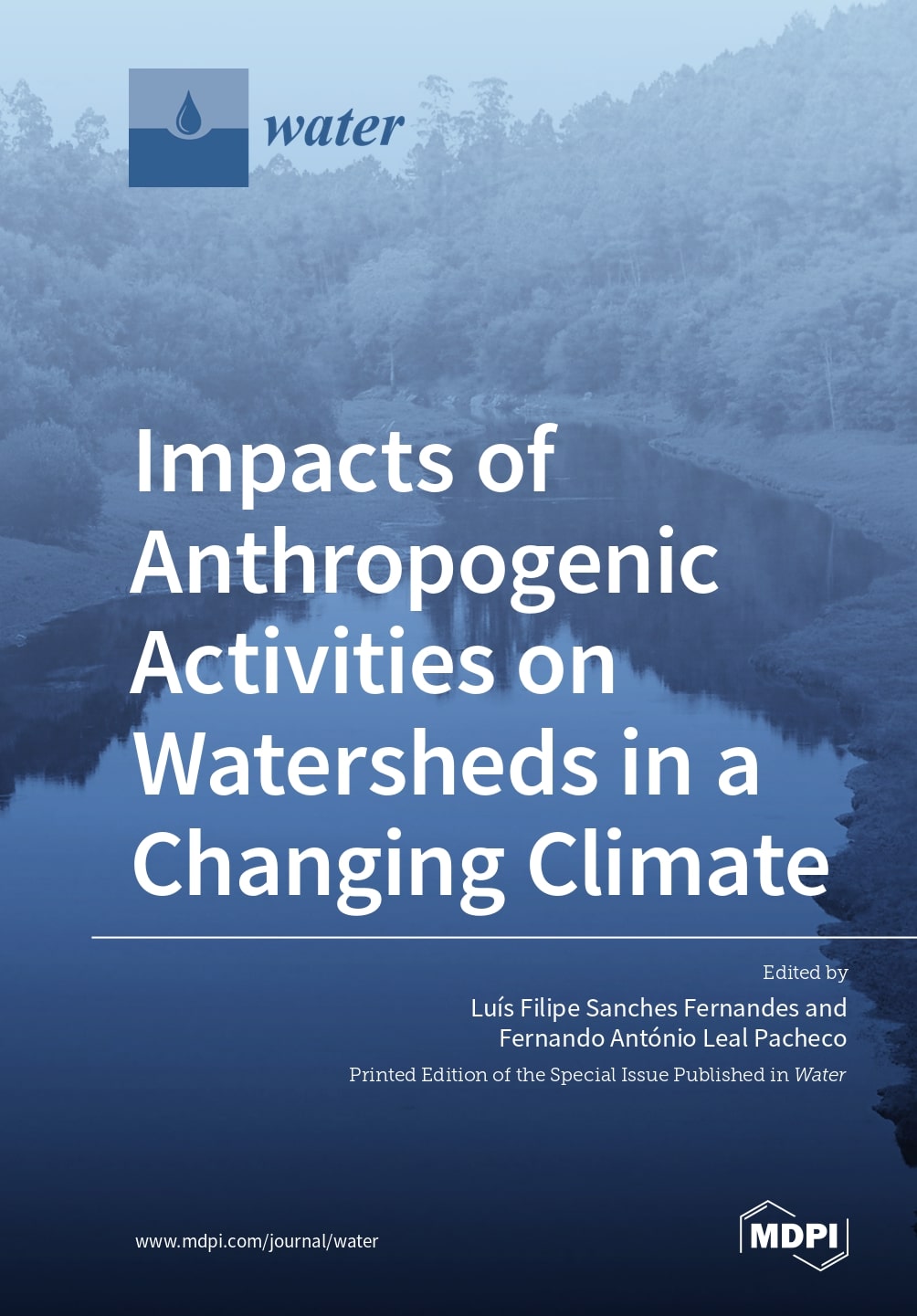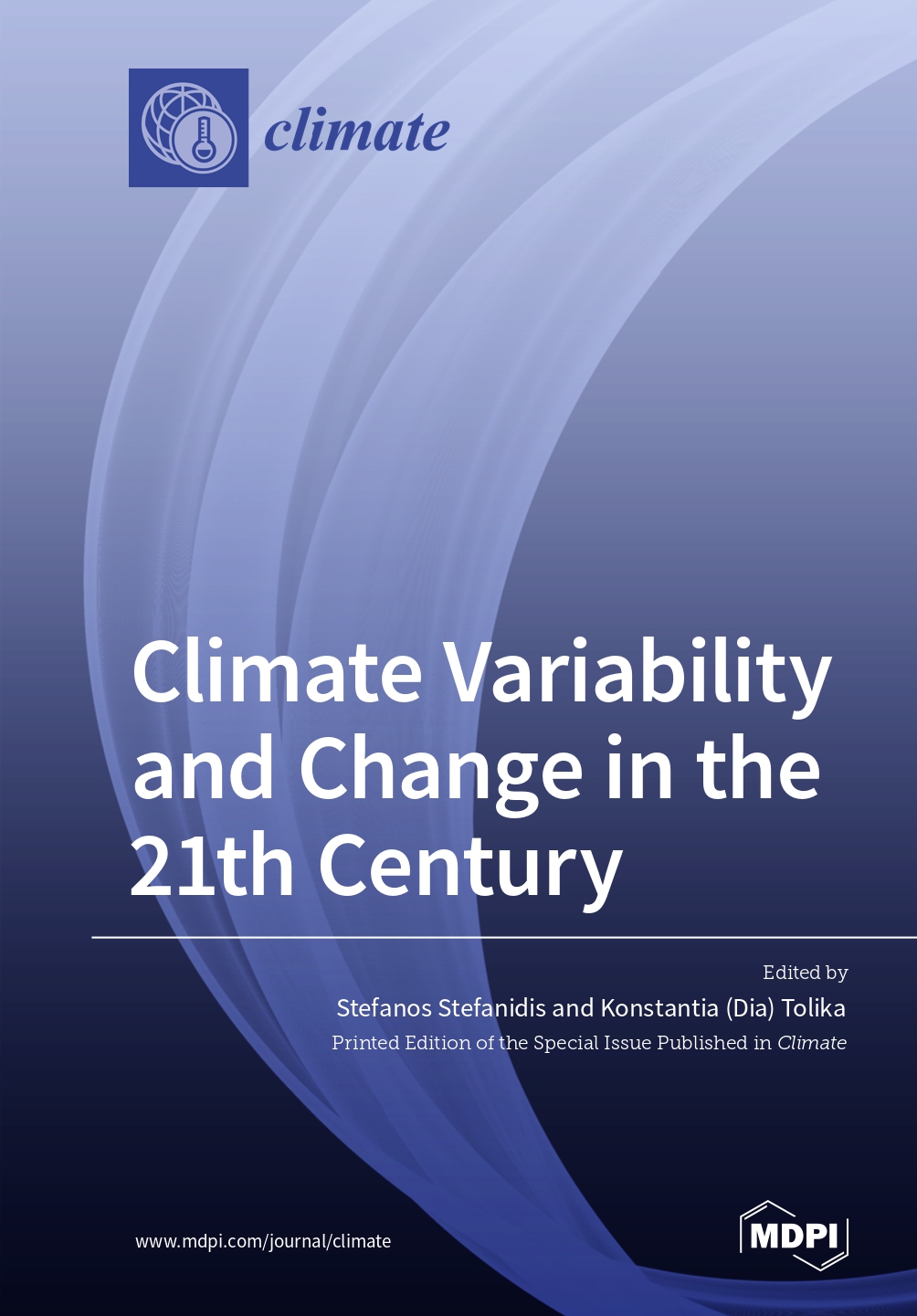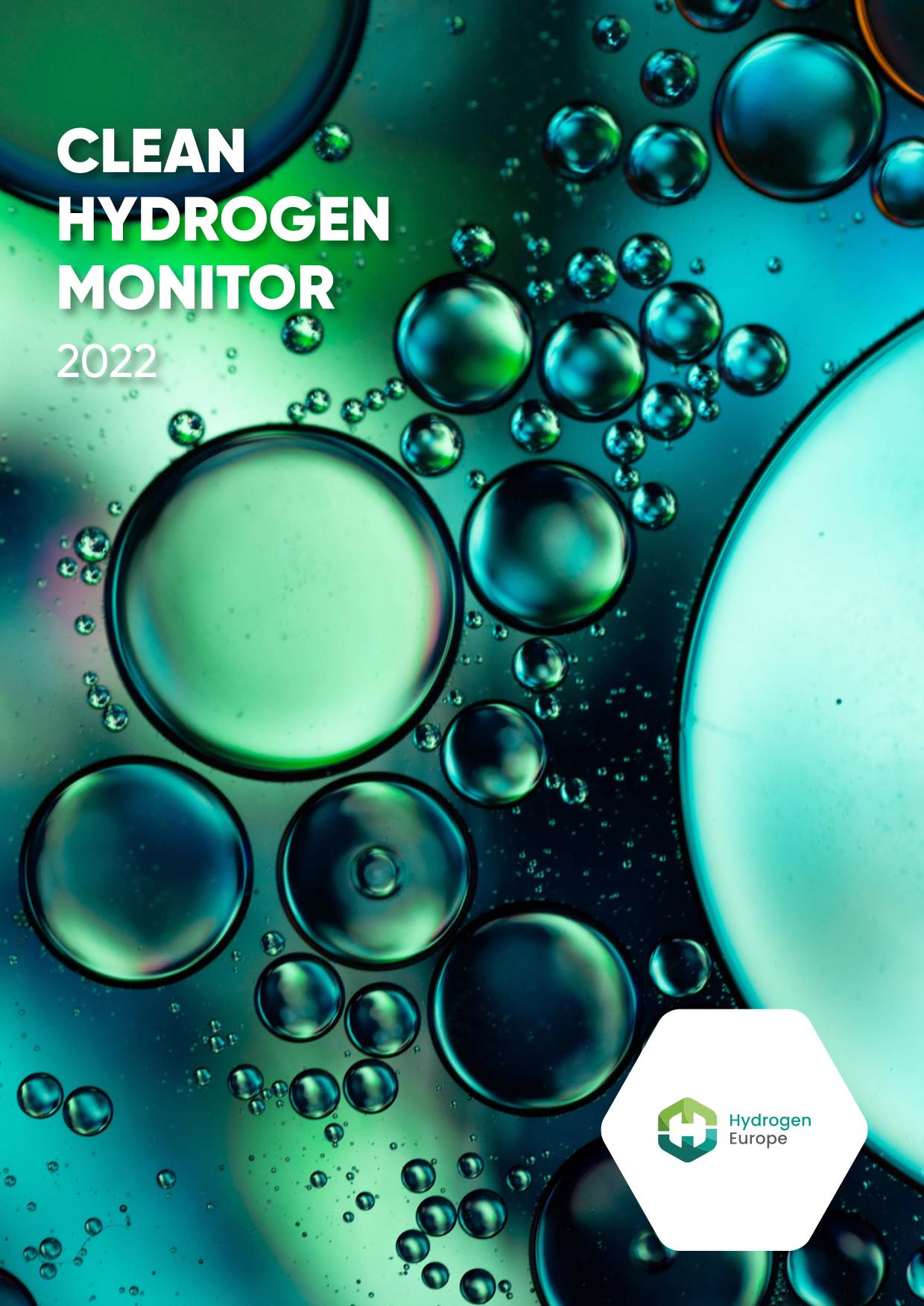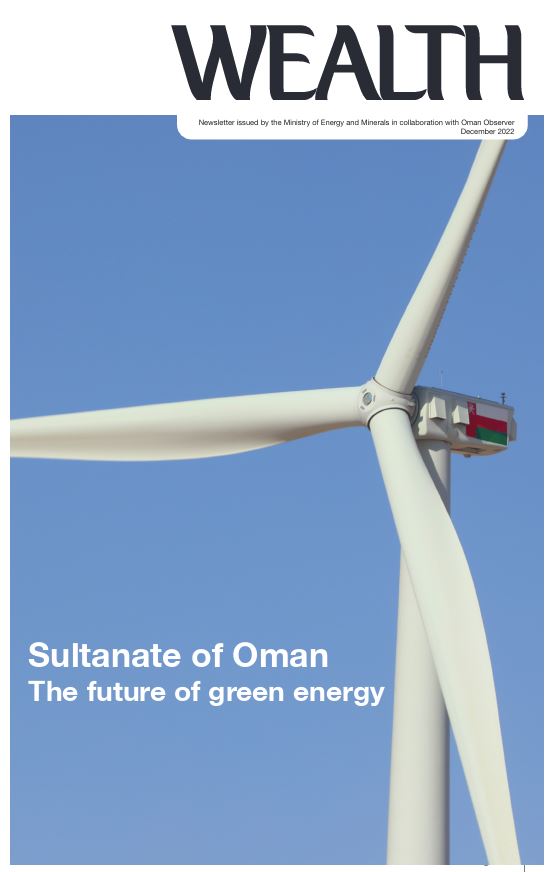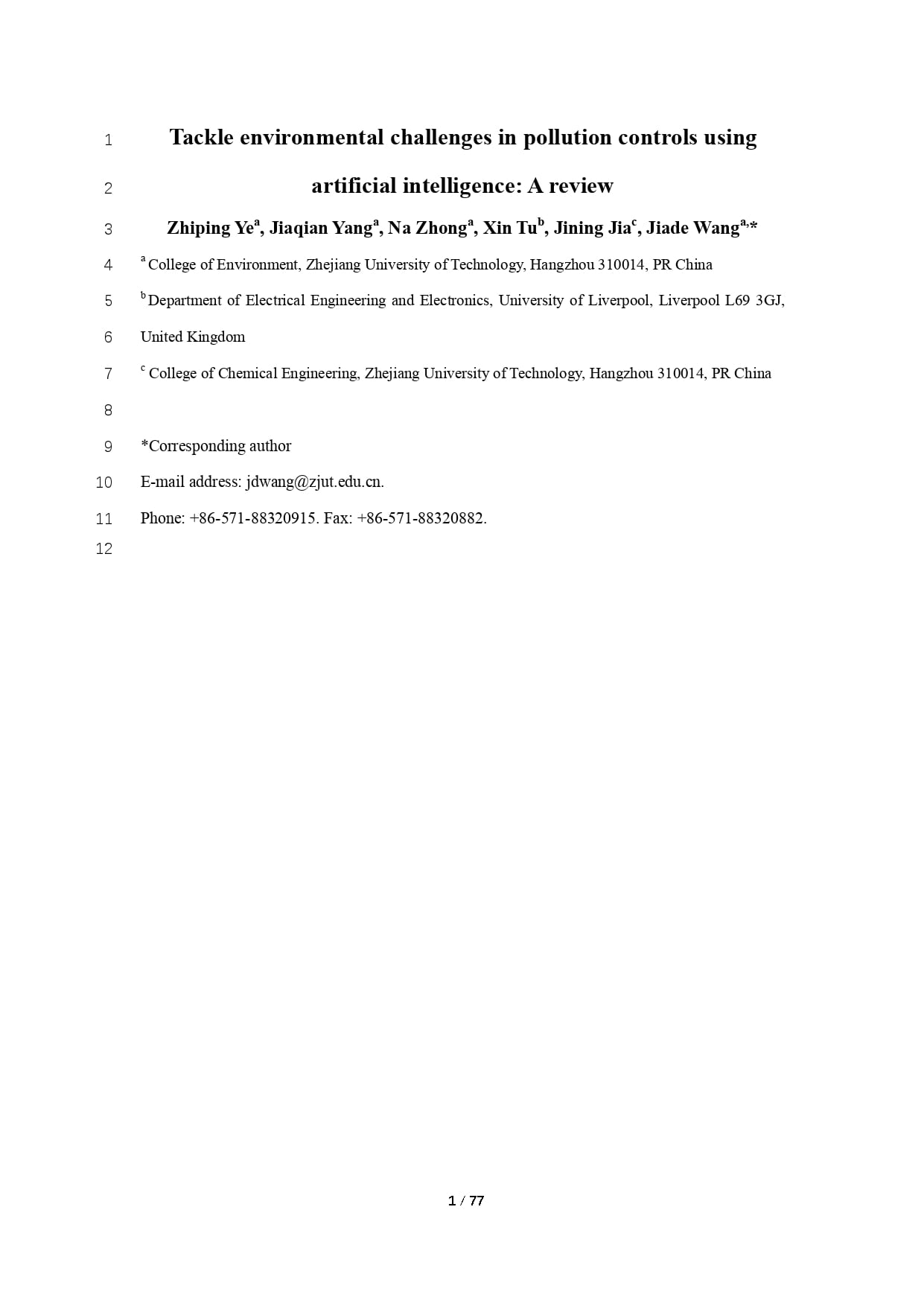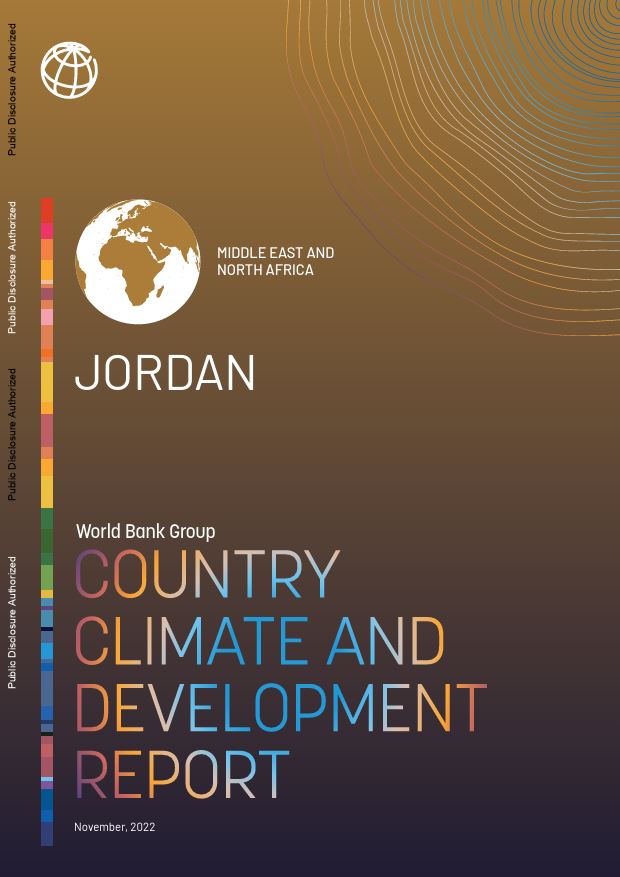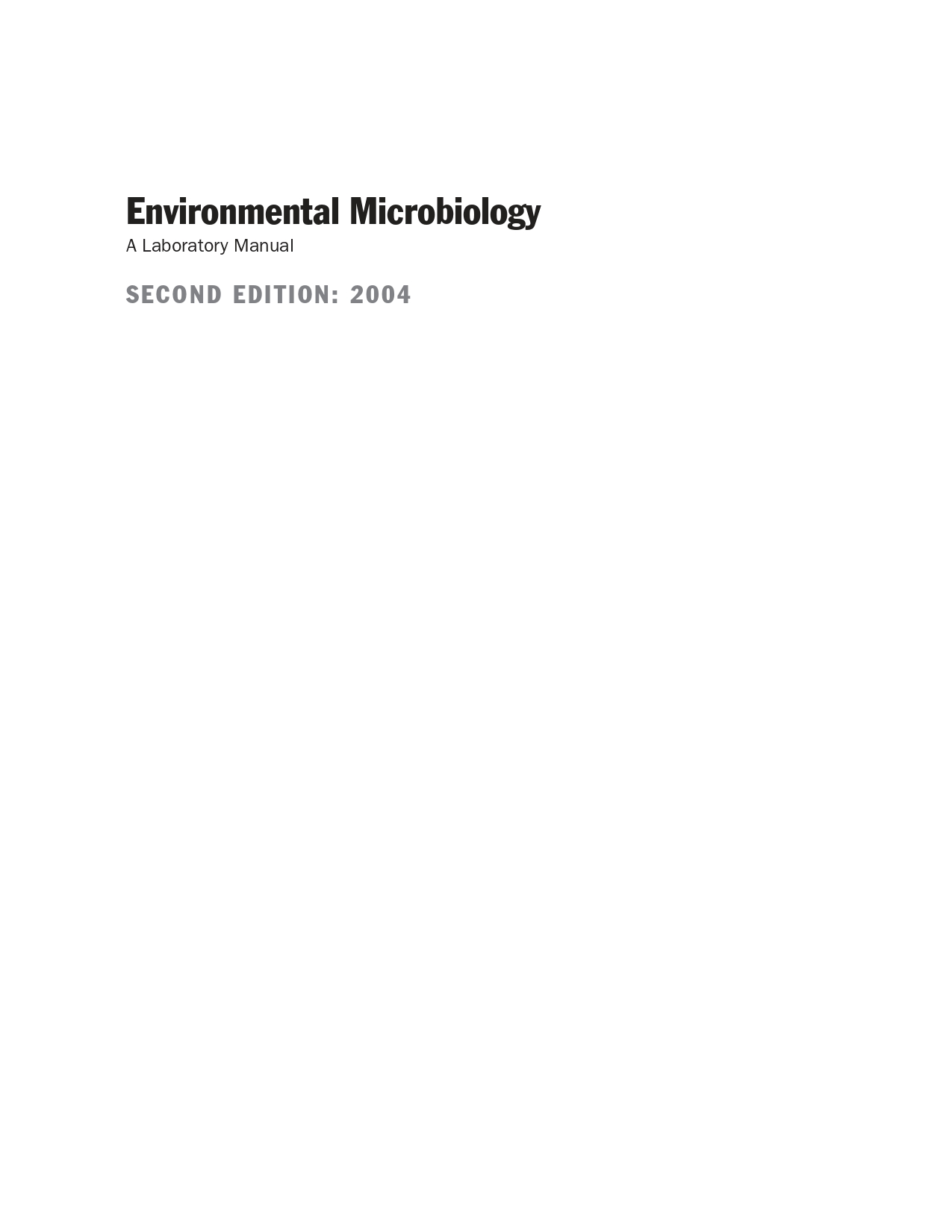The Contributions Of The MUNA Network To CUCS Naples 2022. Proceedings Of The MUNA Sessions
The Muna Consortium (Mediterranean and Middle East University Network Agreement) was founded in 2015 and renewed in 2021, when 30 Universities coming from all Countries of Mediterranean area and some others from Middle East signed the Framework Agreement. As written in the Framework Agreement, also in this Muna space in the CUCS Conference, we propose three different main themes: MARE NOSTRUM (our Sea, the Mediterranean), PERSONA (Man) and ORBIS (the Earth), to summarize the proposals of Cooperation between Muna Network Universities. The first session is dedicated to the field of ORBIS to share the sustainability, through the biodiversity as a key element for the development of soil in different aspects as agricolture, fauna and flora sustainable management, with impact in the field of veterinary. Neverthless, a focus is also related to the inclusion and integration in the sustainable cities during this time of pandemia and migration flows with regard to the problem of clima changes in the Mediterranean area.
The Contributions Of The MUNA Network To CUCS Naples 2022. Proceedings Of The MUNA Sessions
The Muna Consortium (Mediterranean and Middle East University Network Agreement) was founded in 2015 and renewed in 2021, when 30 Universities coming from all Countries of Mediterranean area and some others from Middle East signed the Framework Agreement. As written in the Framework Agreement, also in this Muna space in the CUCS Conference, we propose three different main themes: MARE NOSTRUM (our Sea, the Mediterranean), PERSONA (Man) and ORBIS (the Earth), to summarize the proposals of Cooperation between Muna Network Universities. The first session is dedicated to the field of ORBIS to share the sustainability, through the biodiversity as a key element for the development of soil in different aspects as agricolture, fauna and flora sustainable management, with impact in the field of veterinary. Neverthless, a focus is also related to the inclusion and integration in the sustainable cities during this time of pandemia and migration flows with regard to the problem of clima changes in the Mediterranean area.
Design Development of a Novel Sour Water Stripper
Sour water units are integral units in the refineries Proposed vapor compression design offers: Hot utilities reduction of 90%, Cold utilities reduction of 22%, TAC reduction by 52%.
Design Development of a Novel Sour Water Stripper
Sour water units are integral units in the refineries Proposed vapor compression design offers: Hot utilities reduction of 90%, Cold utilities reduction of 22%, TAC reduction by 52%.
Theory and Practice of Tunnel Engineering
Tunnel construction is expensive when compared to the construction of other
engineering structures. Detailed surveys indicate that the cost of a tunnel support
system ranges between 30 and 50 percent of the total project cost, and can sometimes
reach upwards of 70 percent. Currently, theoretical studies and experiences
obtained from large projects indicate that costs can be reduced by increasing the
efficiency of rock load estimation and support design. In other words, the selection
of a support system or systems suitable for rock mass conditions encountered during
construction processes plays an important role in reducing project costs. Methods
based on rock-support interaction introduce rational solutions for economical and
safe tunneling because they provide a good combination of design and construction
processes.
Theory and Practice of Tunnel Engineering
Tunnel construction is expensive when compared to the construction of other
engineering structures. Detailed surveys indicate that the cost of a tunnel support
system ranges between 30 and 50 percent of the total project cost, and can sometimes
reach upwards of 70 percent. Currently, theoretical studies and experiences
obtained from large projects indicate that costs can be reduced by increasing the
efficiency of rock load estimation and support design. In other words, the selection
of a support system or systems suitable for rock mass conditions encountered during
construction processes plays an important role in reducing project costs. Methods
based on rock-support interaction introduce rational solutions for economical and
safe tunneling because they provide a good combination of design and construction
processes.
Lagoon Environments Around the World A Scientific Perspective
Lagoon Environments Around the World - A Scientific Perspective covers a wide range of topics. Typically bordering between land and sea, lagoons are among the most diversely utilized waterways on the planet. Lagoons are extremely important environments socio-economically, and their usage places ever increasing stress on these very sensitive aquatic regions
Lagoon Environments Around the World A Scientific Perspective
Lagoon Environments Around the World - A Scientific Perspective covers a wide range of topics. Typically bordering between land and sea, lagoons are among the most diversely utilized waterways on the planet. Lagoons are extremely important environments socio-economically, and their usage places ever increasing stress on these very sensitive aquatic regions
Remote Sensing of the Aquatic Environments
The book highlights recent research efforts in the monitoring of aquatic districts with remote sensing observations and proximal sensing technology integrated with laboratory measurements. Optical satellite imagery gathered at spatial resolutions down to few meters has been used for quantitative estimations of harmful algal bloom extent and Chl-a mapping, as well as winds and currents from SAR acquisitions. The knowledge and understanding gained from this book can be used for the sustainable management of bodies of water across our planet.
Remote Sensing of the Aquatic Environments
The book highlights recent research efforts in the monitoring of aquatic districts with remote sensing observations and proximal sensing technology integrated with laboratory measurements. Optical satellite imagery gathered at spatial resolutions down to few meters has been used for quantitative estimations of harmful algal bloom extent and Chl-a mapping, as well as winds and currents from SAR acquisitions. The knowledge and understanding gained from this book can be used for the sustainable management of bodies of water across our planet.
Advances in Evaporation and Evaporative Demand
The importance of evapotranspiration is well-established in different disciplines such as hydrology, agronomy, climatology, and other geosciences. Reliable estimates of evapotranspiration are also vital to develop criteria for in-season irrigation management, water resource allocation, long-term estimates of water supply, demand and use, design and management of water resources infrastructure, and evaluation of the effect of land use and management changes on the water balance. The objective of this Special Issue is to define and discuss several ET terms, including potential, reference, and actual (crop) ET, and present a wide spectrum of innovative research papers and case studies.
Advances in Evaporation and Evaporative Demand
The importance of evapotranspiration is well-established in different disciplines such as hydrology, agronomy, climatology, and other geosciences. Reliable estimates of evapotranspiration are also vital to develop criteria for in-season irrigation management, water resource allocation, long-term estimates of water supply, demand and use, design and management of water resources infrastructure, and evaluation of the effect of land use and management changes on the water balance. The objective of this Special Issue is to define and discuss several ET terms, including potential, reference, and actual (crop) ET, and present a wide spectrum of innovative research papers and case studies.
Impacts of Anthropogenic Activities on Watersheds in a Changing Climate
The immediate goal of this Special Issue was the characterization of land uses and occupations (LULC) in watersheds and the assessment of impacts caused by anthropogenic activities. The goal was immediate because the ultimate purpose was to help bring disturbed watersheds to a better condition or a utopian sustainable status. The steps followed to attain this objective included publishing studies on the understanding of factors and variables that control hydrology and water quality changes in response to human activities. Following this first step, the Special Issue selected work that described adaption measures capable of improving the watershed condition (water availability and quality), namely LULC conversions (e.g., monocultures into agro-forestry systems). Concerning the LULC measures, however, efficacy was questioned unless supported by public programs that force consumers to participate in concomitant costs, because conversions may be viewed as an environmental service.
Impacts of Anthropogenic Activities on Watersheds in a Changing Climate
The immediate goal of this Special Issue was the characterization of land uses and occupations (LULC) in watersheds and the assessment of impacts caused by anthropogenic activities. The goal was immediate because the ultimate purpose was to help bring disturbed watersheds to a better condition or a utopian sustainable status. The steps followed to attain this objective included publishing studies on the understanding of factors and variables that control hydrology and water quality changes in response to human activities. Following this first step, the Special Issue selected work that described adaption measures capable of improving the watershed condition (water availability and quality), namely LULC conversions (e.g., monocultures into agro-forestry systems). Concerning the LULC measures, however, efficacy was questioned unless supported by public programs that force consumers to participate in concomitant costs, because conversions may be viewed as an environmental service.
Climate Variability and Change in the 21st Century.
Water resources management should be assessed under climate change conditions, as historic data cannot replicate future climatic conditions. - Climate change impacts on water resources are bound to affect all water uses, i.e., irrigated agriculture, domestic and industrial water supply, hydropower generation, and environmental flow (of streams and rivers) and water level (of lakes). - Bottom-up approaches, i.e., the forcing of hydrologic simulation models with climate change models’ outputs, are the most common engineering practices and considered as climate-resilient water management approaches. - Hydrologic simulations forced by climate change scenarios derived from regional climate models (RCMs) can provide accurate assessments of the future water regime at basin scales.
Climate Variability and Change in the 21st Century.
Water resources management should be assessed under climate change conditions, as historic data cannot replicate future climatic conditions. - Climate change impacts on water resources are bound to affect all water uses, i.e., irrigated agriculture, domestic and industrial water supply, hydropower generation, and environmental flow (of streams and rivers) and water level (of lakes). - Bottom-up approaches, i.e., the forcing of hydrologic simulation models with climate change models’ outputs, are the most common engineering practices and considered as climate-resilient water management approaches. - Hydrologic simulations forced by climate change scenarios derived from regional climate models (RCMs) can provide accurate assessments of the future water regime at basin scales.
Watershed Water Environment And Hydrology Under The Influence Of Anthropogenic And Natural Processes
The major aims of this book, “Watershed Water Environment and Hydrology under the Influence of Anthropogenic and Natural Processes”, are to focus on innovative/new ideas on the watershed water environment from different perspectives across the field; distinguish the evolution of watershed water ecological and environmental quality; clarify the biogeochemical cycling of elements or pollutants; identify and quantify the sources of pollutants; and assess the ecological risk and human health risk of pollutants in the water environment at different watershed scales. In particular, eight peer-reviewed articles were collected, mainly reporting the hydrochemistry-based watershed weathering processes and their environmental implications, trace elements and their risks, and the nutrients cycle in river–reservoir systems. Overall, these papers contribute to several aspects of the watershed water environment and are valuable for river water resource protection and management.
Watershed Water Environment And Hydrology Under The Influence Of Anthropogenic And Natural Processes
The major aims of this book, “Watershed Water Environment and Hydrology under the Influence of Anthropogenic and Natural Processes”, are to focus on innovative/new ideas on the watershed water environment from different perspectives across the field; distinguish the evolution of watershed water ecological and environmental quality; clarify the biogeochemical cycling of elements or pollutants; identify and quantify the sources of pollutants; and assess the ecological risk and human health risk of pollutants in the water environment at different watershed scales. In particular, eight peer-reviewed articles were collected, mainly reporting the hydrochemistry-based watershed weathering processes and their environmental implications, trace elements and their risks, and the nutrients cycle in river–reservoir systems. Overall, these papers contribute to several aspects of the watershed water environment and are valuable for river water resource protection and management.
Managing Forests and Water for People under a Changing Environment
Forests cover 30% of the Earth’s land area, or nearly four billion hectares. Enhancing the benefits and ecosystem services of forests has been increasingly recognized as an essential part of nature-based solutions for solving many emerging global environmental problems today. A core science supporting forest management is understanding the interactions of forests, water, and people. These interactions have become increasingly complex under climate change and its associated impacts, such as the increases in the intensity and frequency of drought and floods, increasing population and deforestation, and a rise in global demands for multiple ecosystem services including clean water supply and carbon sequestration. Forest watershed managers have recognized that water management is an essential component of forest management. Global environmental change is posing more challenges for managing forests and water toward sustainable development. New science on forest and water is critically needed across the globe.
Managing Forests and Water for People under a Changing Environment
Forests cover 30% of the Earth’s land area, or nearly four billion hectares. Enhancing the benefits and ecosystem services of forests has been increasingly recognized as an essential part of nature-based solutions for solving many emerging global environmental problems today. A core science supporting forest management is understanding the interactions of forests, water, and people. These interactions have become increasingly complex under climate change and its associated impacts, such as the increases in the intensity and frequency of drought and floods, increasing population and deforestation, and a rise in global demands for multiple ecosystem services including clean water supply and carbon sequestration. Forest watershed managers have recognized that water management is an essential component of forest management. Global environmental change is posing more challenges for managing forests and water toward sustainable development. New science on forest and water is critically needed across the globe.
Tackle Environmental Challenges in Pollution Controls Using Artificial Intelligence: A Review
This review presents the developments in artificial intelligence technologies for environmental pollution controls. A number of AI approaches, which start with the reliable mapping of nonlinear behavior between inputs and outputs in chemical and biological processes in terms of prediction models to the emerging optimization and control algorithms that study the pollutants removal processes and intelligent control systems, have been developed for environmental clean-ups. The characteristics, advantages and limitations of AI methods, including single and hybrid AI methods, were overviewed. Hybrid AI methods exhibited synergistic effects, but with computational heaviness.
Tackle Environmental Challenges in Pollution Controls Using Artificial Intelligence: A Review
This review presents the developments in artificial intelligence technologies for environmental pollution controls. A number of AI approaches, which start with the reliable mapping of nonlinear behavior between inputs and outputs in chemical and biological processes in terms of prediction models to the emerging optimization and control algorithms that study the pollutants removal processes and intelligent control systems, have been developed for environmental clean-ups. The characteristics, advantages and limitations of AI methods, including single and hybrid AI methods, were overviewed. Hybrid AI methods exhibited synergistic effects, but with computational heaviness.


